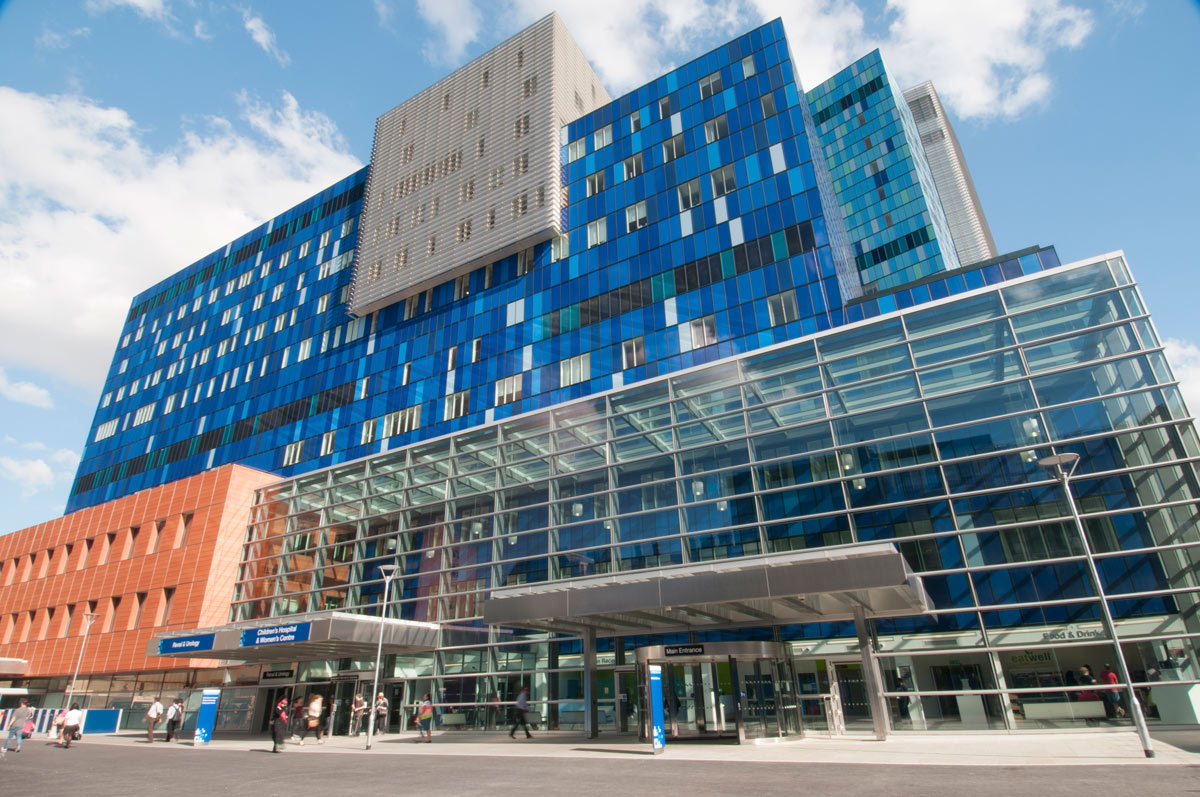East London life sciences campus plan backed by government investment

Plans for a world-class life sciences centre in east London to invent and implement medical breakthroughs took a step closer today after the capital’s biggest NHS Trust sold spare land for development.
The Barts Health group of hospitals sold four surplus sites in Whitechapel to the Department of Health and Social Care (DHSC) to kick-start the development of a cutting edge research campus next to The Royal London Hospital.
The £77m deal was based on independent land valuations, and means progress on the life sciences centre is not dependent on selling the sites on the open market.
While DHSC will now apply for planning permission, the Trust will focus on attracting scientists, entrepreneurs and other investors to translate innovative life sciences research into new ways of monitoring, diagnosing and treating health conditions.
Barts Health is already working with scientists at Queen Mary University of London to capitalise on the advantage they share in having a snapshot of the world’s population on their doorsteps. The deal will enable this work to be accelerated and expanded in order to bring new treatments to patients faster.
Whitechapel hosts one of the most diverse populations ever to inhabit a single geographical area, with all ages, races and beliefs speaking at least 60 different languages. This provides an unrivalled opportunity for scientists to use biological samples and patient data to cultivate new drugs, therapies and treatments. Barts Health will work closely with the London Borough of Tower Hamlets to bring these significant benefits to patients alongside the wider development of the Whitechapel area.
Experts estimate £11 billion worth of benefits could be brought to the area by the development, including thousands of jobs. There are also related plans locally to build more than 200 affordable homes, including 168 for local NHS workers.
The Trust will gain £60m immediate profit from the sale, which will be ploughed back into meeting the costs of providing NHS care in 2018/19.
Rakesh Uppal, a leading cardiac surgeon and director of life sciences for Barts Health, said: “Our ambition is for a world-leading research and innovation facility to benefit our patients, the local community and the NHS, while also advancing medical science internationally. We are hugely grateful to the Department for providing the resources to make this possible.”
Health Minister James O'Shaughnessy said: "This innovative project has unlocked surplus NHS land and allows us to unleash a major life sciences investment into East London. The project won't just allow researchers and entrepreneurs to benefit. It will help NHS patients access new diagnostics and treatments more quickly and 168 homes for NHS staff will also be provided."
Background
The four sites were left over from building the state-of-the-art Royal London Hospital, which is now one of the most modern healthcare complexes in Europe.
Two of the sites are vacant and being used as temporary car parks. One is the former dental hospital, now vacant, and an adjacent building used by the students union of the Barts and the London School of Medicine.
The remaining site currently houses two medical records facilities, a clinical trials pharmacy unit, a vacant boiler house, and a sexual health services centre.
Following completion, Barts Health will temporarily rent land back from DHSC until the affected services are relocated to modern facilities in the development.
The sale means Barts Health NHS Trust is on track to significantly reduce its overall deficit this year as part of a plan to come out of financial special measures.
